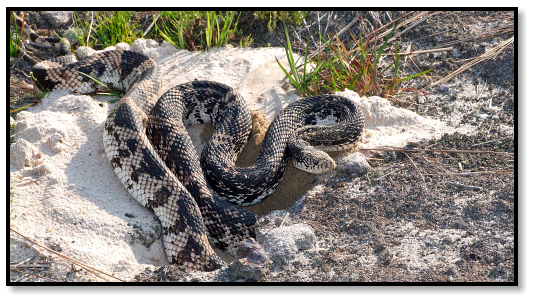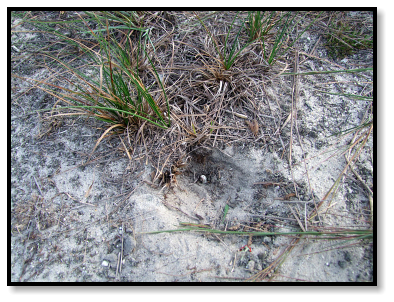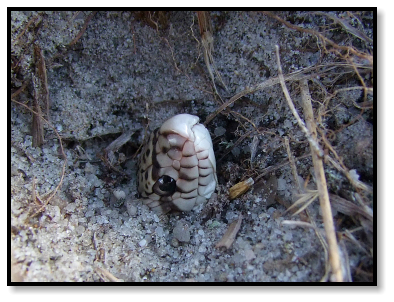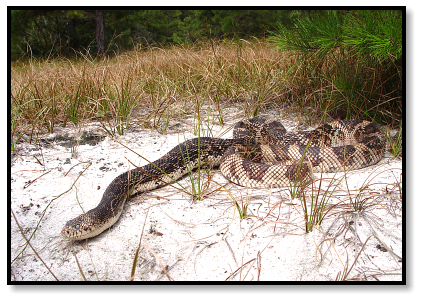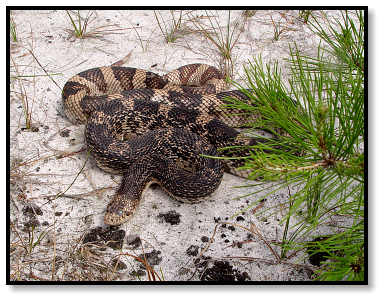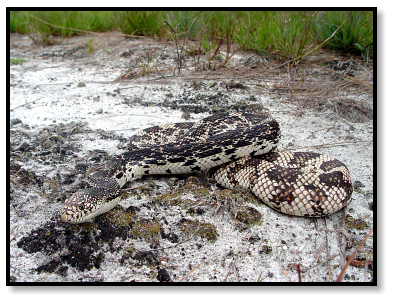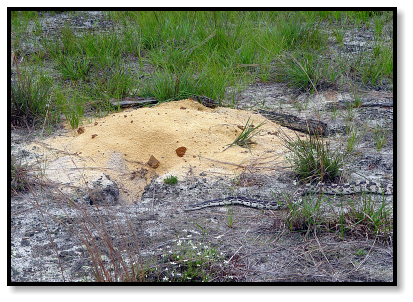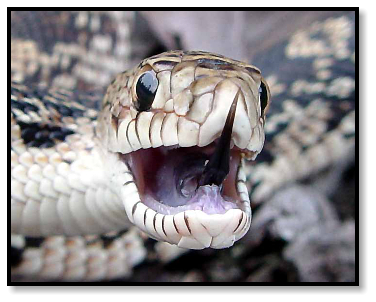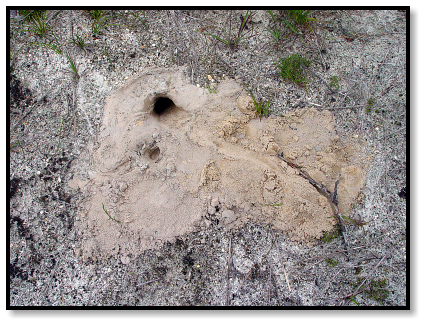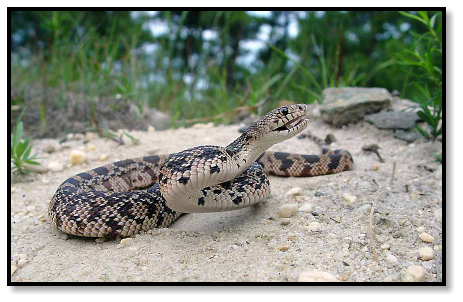

NEW JERSEY
Pine Barrens

4 of 4


NEW JERSEY
Pine Barrens


4 of 4
Nothing in New Jersey compares to Pine Snakes.
It’s not just the impressive size (though it is the largest snake in the state) or the rugged pattern that varies down
the length of its body. I think it’s also the powerful, self-assured way they move through the Pines, unhurried and
deliberate, avoiding detection until they command your attention.
One day I’m herping with a friend at a site I’ve hit many times before with no luck, when suddenly he cries,
“Pine Snake!” I look up and see this massive female on the crawl, obviously gravid and opaque, but completely
docile. She just curls up beneath a log and watches us take her photo.
Later that day we’re hiking past an open, sandy spot and something catches my eye off to the right . . . another
Pine Snake on the move! This is a smaller, somewhat underweight female, and when we take a closer look we can see
why. Her face has been chewed up, with an injured jaw, one eye missing and the other covered over by infection,
effectively blinded. Always a sad sight, but these critters are amazingly resilient. The wounds look old and she had
managed to survive so far. Hopefully her luck and recovery will continue.
Although I occasionally flip a Pine Snake, more often I find them in the open, rather than under cover. Some
have been partially exposed, such as this half-hidden juvenile at the base of a crumbling foundation . . .
. . . or this adult female pressed against the entrance of her nest . . .
. . . while others have been basking in the grass, or curled up in the shade.
But coming across one stretched out to its full length, imposing and formidable, is for me the most exciting sight
in the Pine Barrens.
Pines Snakes are one of the few snake species capable of making their own burrows. An enlarged rostral scale at
the tip of the nose allows them to dig in soft sand, scooping it to the surface with a curve of their body. This particular
snake has an exceptionally pointy rostral.
The results of these excavations can be impressive, sometimes forming visible mounds.
Females often return each year to these summer dens, emerging in June to dig nearby nests and lay their eggs.
The first time at this spot I saw evidence of recent activity, however, no snakes in sight . . .
. . . but the next time this female was basking by the entrance to her burrow.
One morning Dave takes me and Danny to another mound in search of a big female he had seen earlier that
week. We looked all around, found nothing, and left disappointed. But stoked by our first PB Kingsnakes and
Timbers that same day, we decide to press our luck.
Returning to the Pine Snake site, we fan out and scan the area, and then practically beneath my feet, I notice
something strange. A short distance from the mound is a hole that wasn’t there just a few hours before. The dirt is
newly excavated, with signs of fresh drag marks; the beginning of a nest?
The three of us are standing there and speculating, when suddenly Danny looks over my shoulder and yells,
“Pine Snake!!” With a rush we run over to where the snake has been circling around us, and confirming our
suspicions, her nose is covered in dirt. She retreats to the mound, leaving us to hope that maybe next time we’ll be
lucky enough to observe her in action.
Well, we did get lucky. The following year we managed to catch her in the act of excavation.
But it gets better. A few months later we return to the same spot, and burrowing up from the underground egg
chamber, breaking through the sand, we witness the emergence of a new-born Pine Snake.
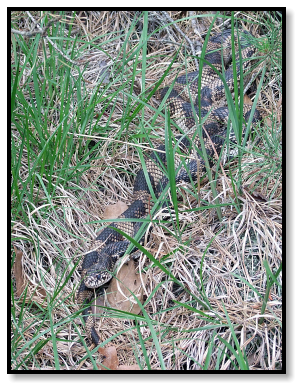
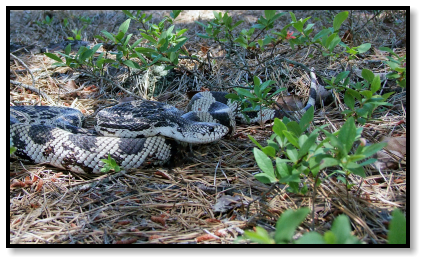
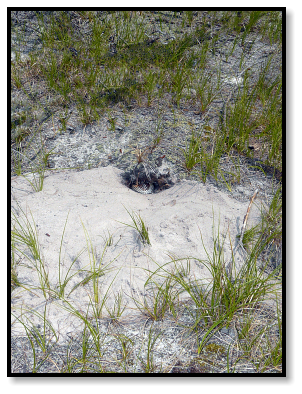
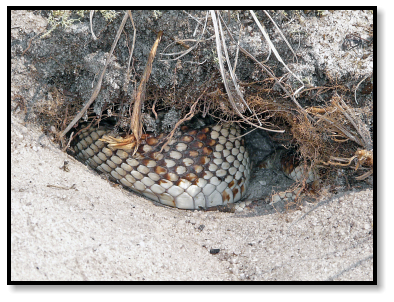
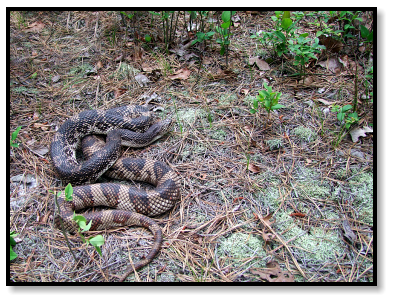
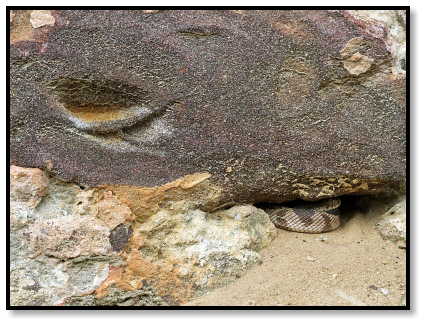
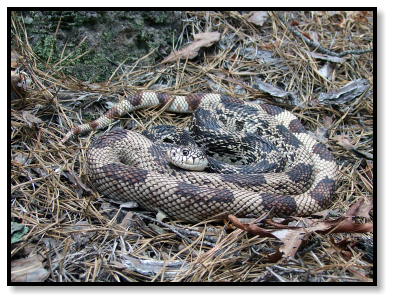
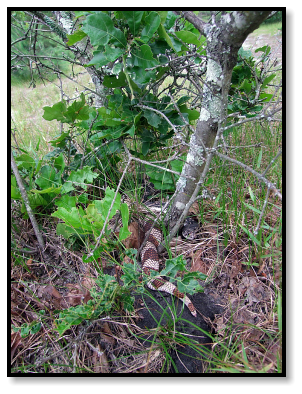
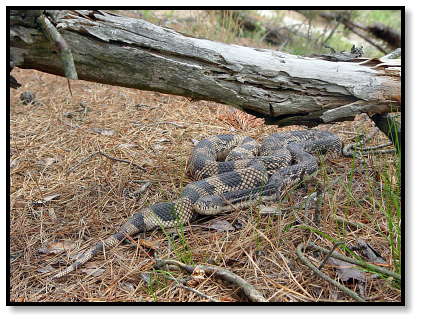
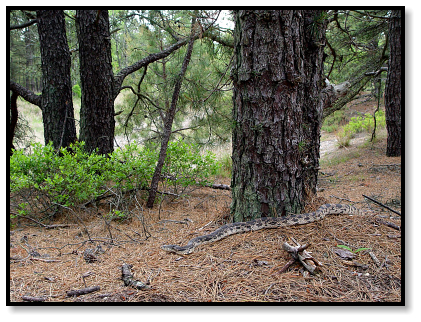
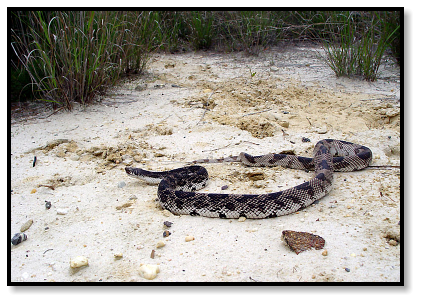
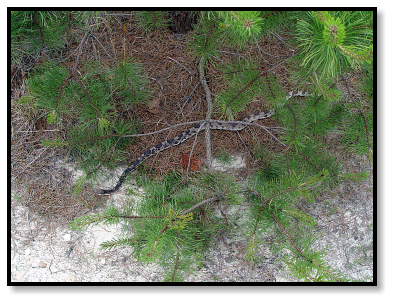
Northern Pine Snake
Pituophis melanoleucus melanoleucus
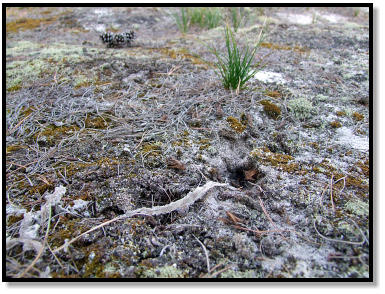
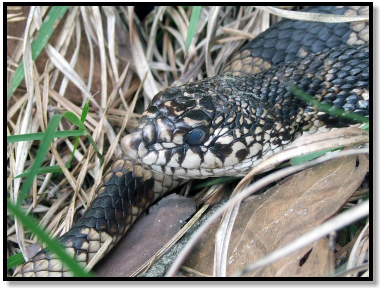
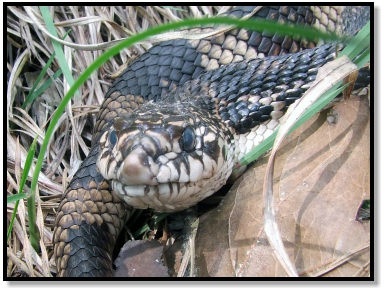
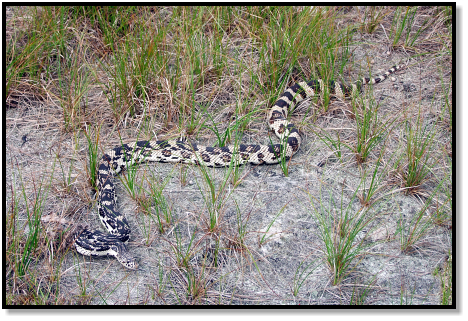
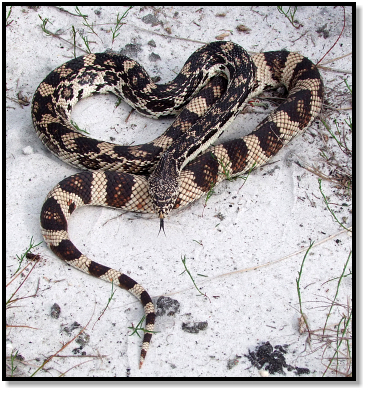
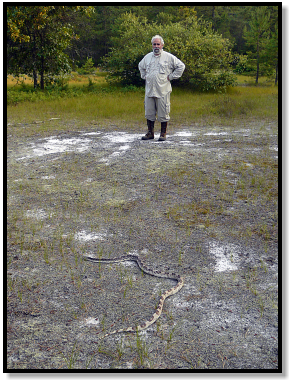
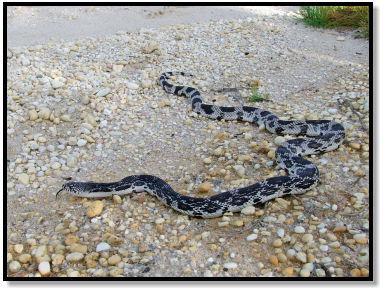
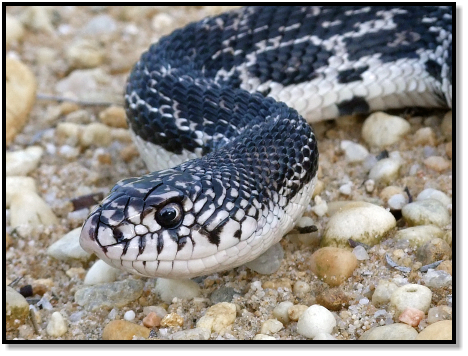
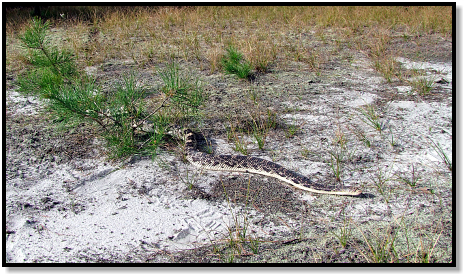
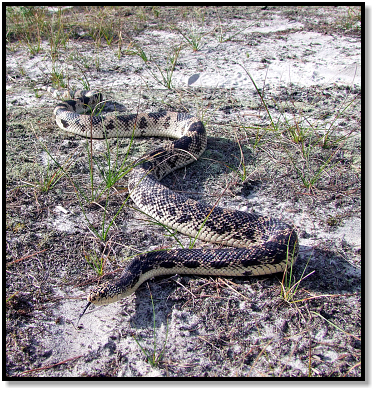
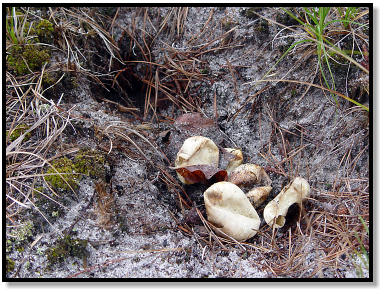
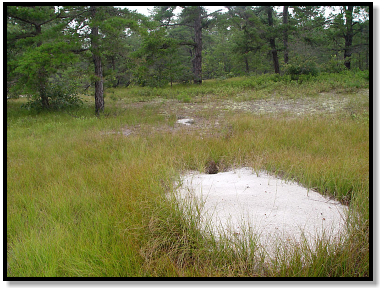
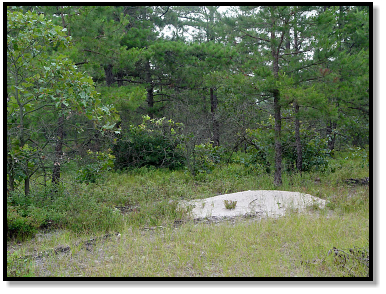
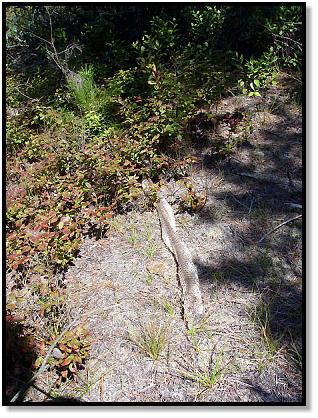
Adult shed
Hatched eggs
Hatchling sheds
